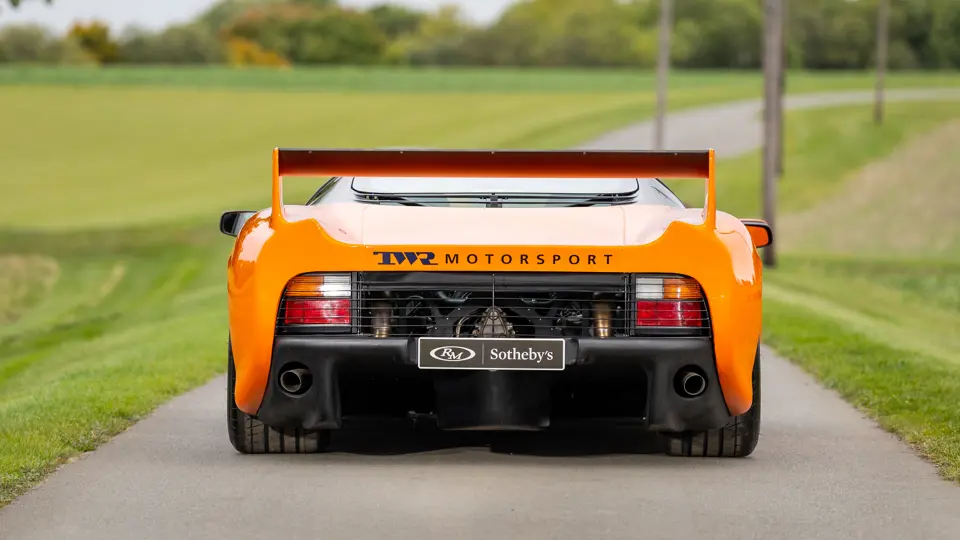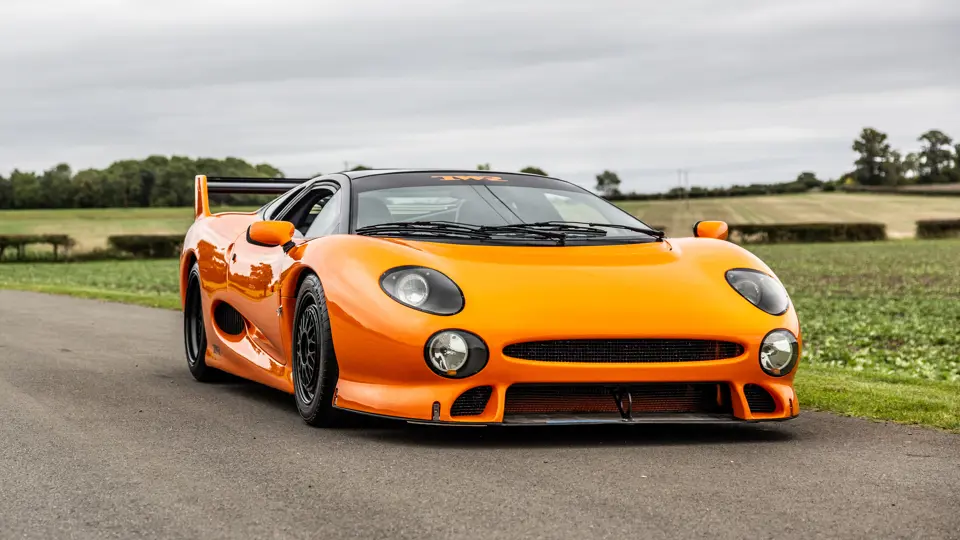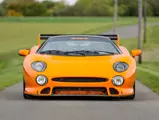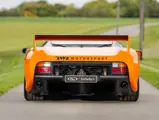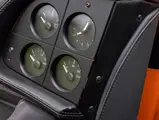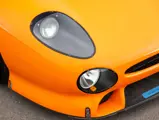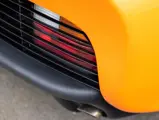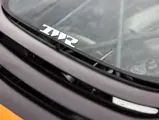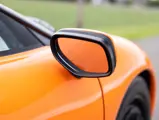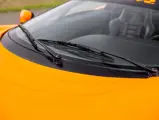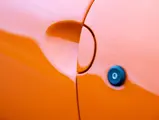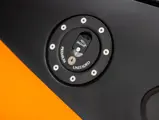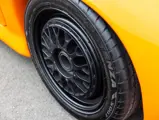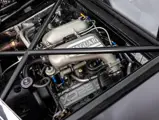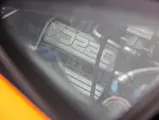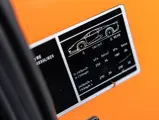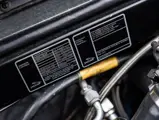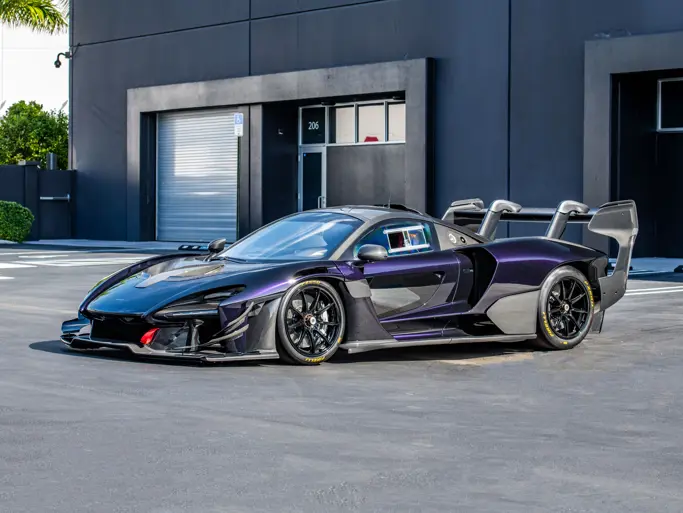
1993 Jaguar XJ220 S
{{lr.item.text}}
£933,125 GBP | Sold
Offered from The Gran Turismo Collection
{{bidding.lot.reserveStatusFormatted}}
- Part of The Gran Turismo Collection
- One of five examples built to homologate Jaguar’s landmark supercar for racing at Le Mans
- Incredible specification including full carbon fibre bodywork with alloy doors
- Powered by a twin-turbocharged 3.5-litre V-6 engine producing a staggering 680 horsepower
- Odometer reads just 4,822 kilometres at time of cataloguing
- Previously registered in the USA and the sole example to be produced in Orange
When the Jaguar XJ220 first broke cover at the 1988 British International Motor show, it caused a stir the like of which had never been seen in the Midlands city. Looking like something from another planet, long and missile-like, the wild concept only got more unbelievable as the specification was revealed: 6.2 litres; 12 cylinders; four-wheel drive. A car-mad public unsurprisingly went wild, jostling to put down £50,000 deposits to secure their position in the queue—among them Elton John and Rod Stewart. In less than one hour, some 1,500 people had placed a pre-order for the XJ220.
Enthusiasm waned slightly in the face of a global economic recession, and with the economy facing an uncertain downturn, hundreds of would-be owners attempted to renege on the deal. A not inconsiderable change in specification was the oft-cited cause: by the time the XJ220 entered production, it had lost half its cylinders, almost half its capacity, and two driven wheels. But despite the re-evaluation by JaguarSport engineers, the performance figures spoke for themselves: with a 0-60 mph time of less than four seconds, the XJ220 exceeded its initial brief, while its top speed of 213 mph made it—until the arrival of the McLaren F1—the fastest production car the world had ever seen.
A number of private owners began to campaign their newly acquired XJ220s with considerable success, and it wasn’t long before TWR eyed a return to Le Mans. By May 1993, the Oxfordshire outfit had unveiled its competition variant—the XJ220 C—at La Sarthe. The highly modified machine featured a fully detachable carbon composite nose, tail, and body panels; a stripped-out interior with Kevlar racing seat; and an up-rated version of the V-6 engine. It was the first of four prepared to IMSA Le Mans specification, three of which took to the Circuit de la Sarthe later that year. Two would retire, but the remaining car—driven by David Brabham, David Coulthard, and John Neilson—stormed to a class victory two laps clear of its nearest rival, only to be disqualified on a technicality a month later.
In addition to the three endurance racers, TWR modified a further five road-going examples built to homologation requirements and dubbed the XJ220 S, unveiling the new model to the public at the 1993 Autosport Racing Car Show. Each finished in an eye-catching shade, chassis 220779 is one of these rare examples. Like the competition lightweights, this “Outrageous Orange” car had its aluminium bodywork removed—save for the door skins—and replaced with panels formed of carbon fibre composite. Similar modifications were made to the chassis tub, with wider sills, while an aerodynamic package consisted of a front splitter and an adjustable rear spoiler. The modifications not only gifted the XJ220 S greater downforce, but they also slashed the car’s kerb weight to just under 1,080 kilograms. The 3,498 cc V-6 was also fettled to produce a staggering 680 horsepower—an improvement of more than 138 horsepower over the standard road car.
Chassis 220779 was completed on 21 April 1993, and is believed to have been retained by TWR until being sold to a Belgian collector in February 1998. In November 1999, the Jaguar was exported to the United States, passing to Keuylian Motors via Michael Sheehan’s European Auto Sales. It was sold again that same month, and remained with its new owner until 2007, when the car found a new home via Sheehan’s Ferraris-Online. It stayed in California until 2012, when it was purchased by well-known collector Jasbir Dhillon, joining a stable that included a Jaguar XJR-15. During his tenure, the car was displayed at The Quail: A Motorsports Gathering in 2015. Dhillon kept the homologation special until 2018, when it was bought by the consignor and became part of The Gran Turismo Collection. This left-hand-drive homologation special has only 4,822 kilometres on its odometer at the time of cataloguing.
The Jaguar XJ220 S is quite simply one of the most striking and elusive supercars of its generation, a rarity endowed with the performance and jaw-dropping styling to rival even the wildest modern machinery. With only five examples ever produced, it seems unlikely that another will be available for public sale soon.
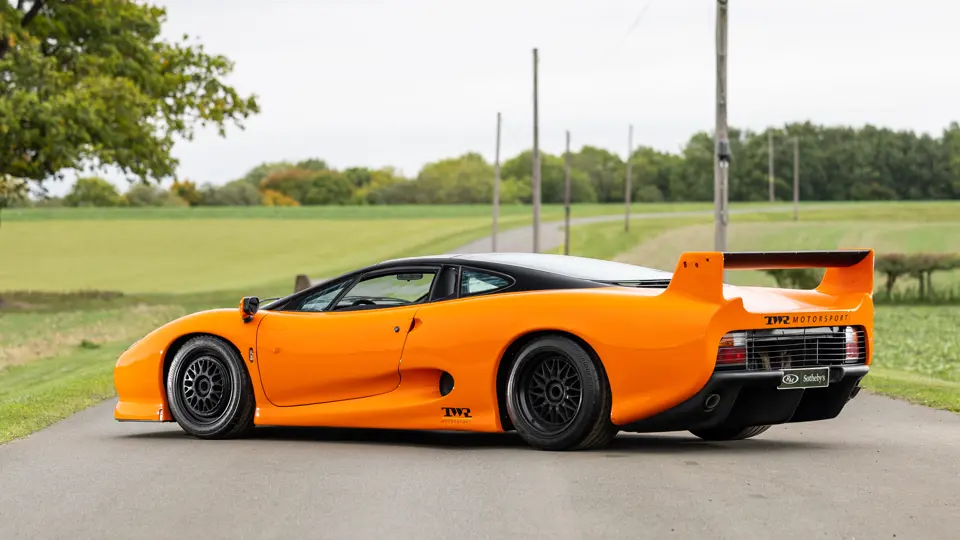



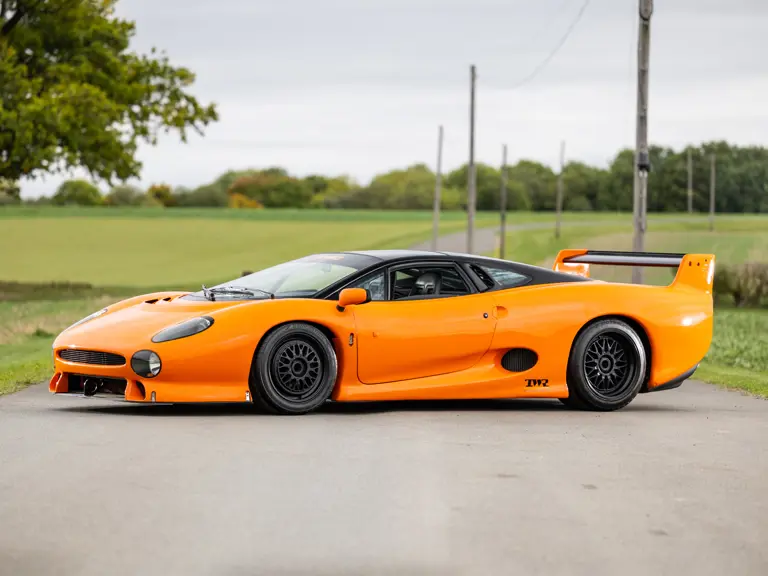

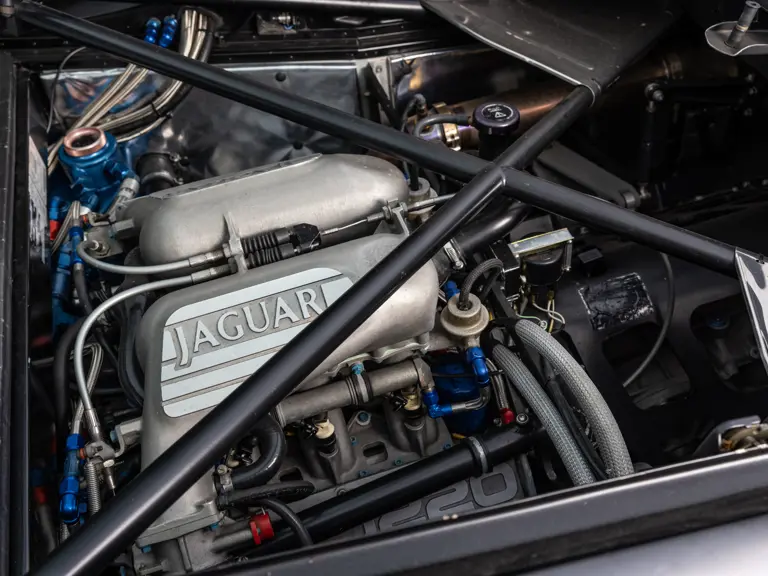
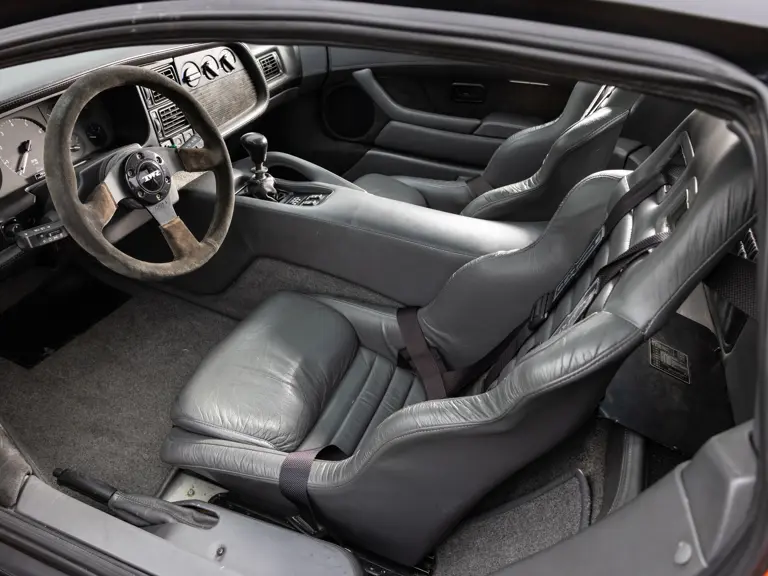
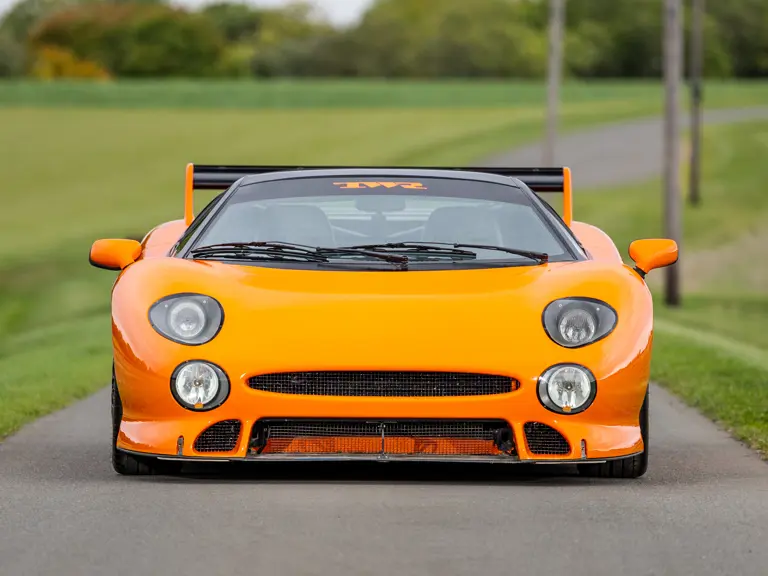

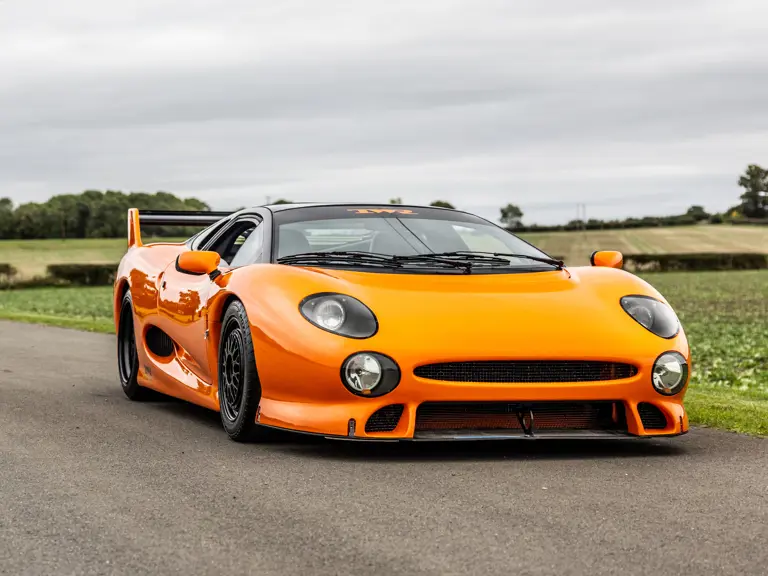
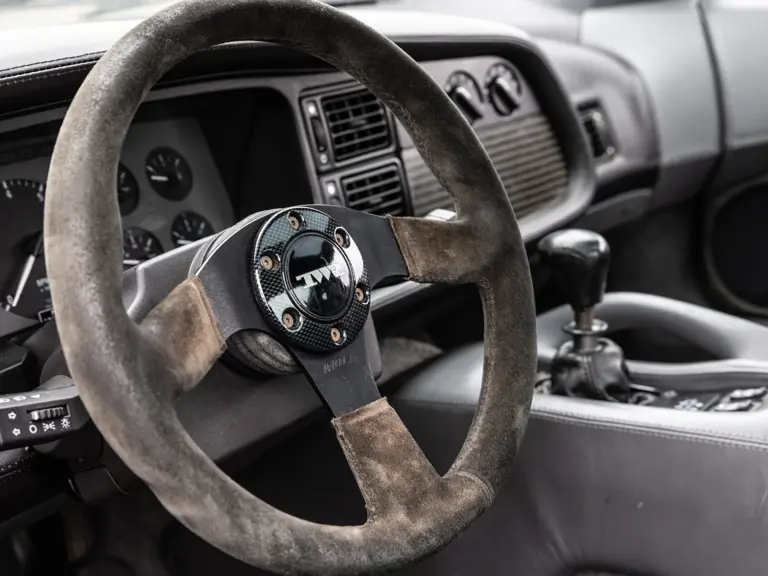
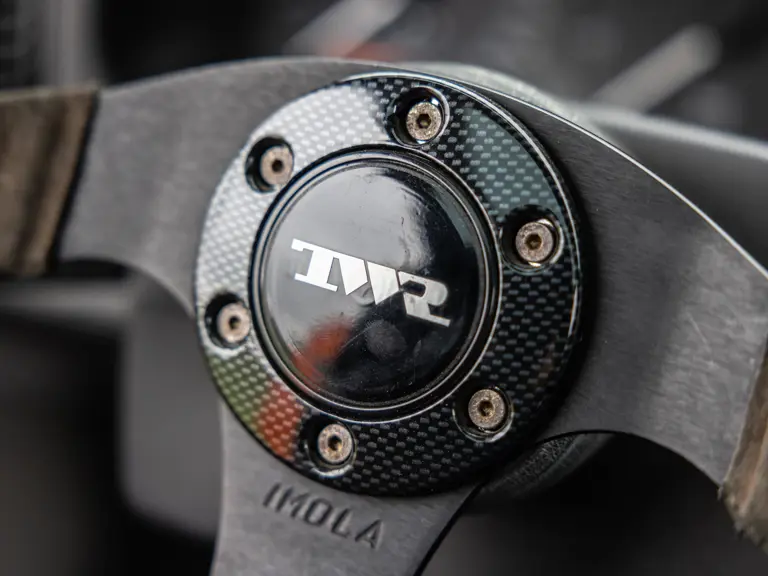

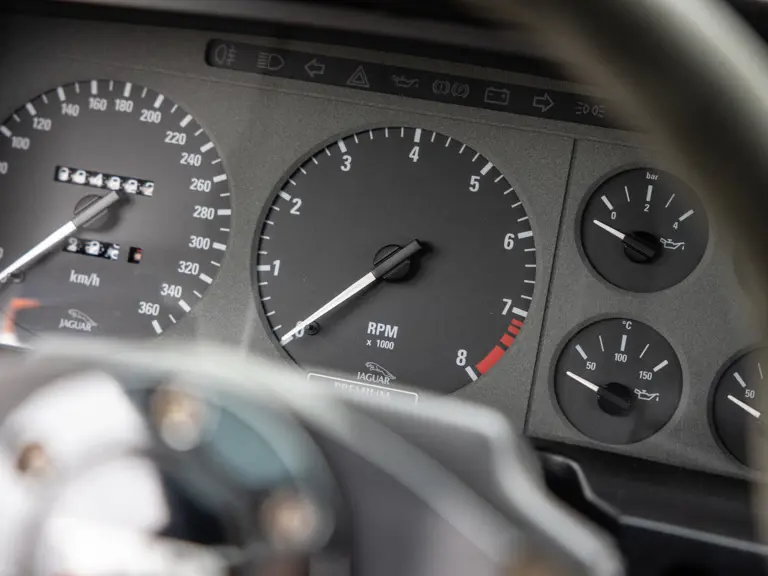
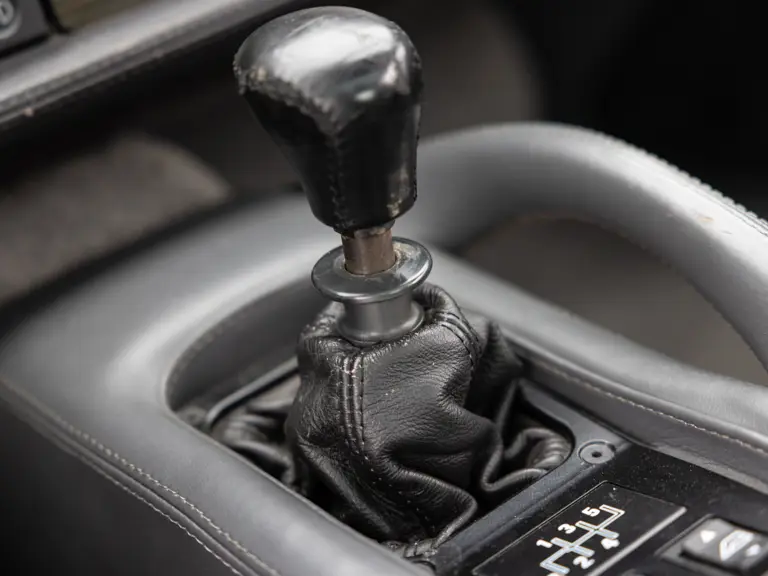
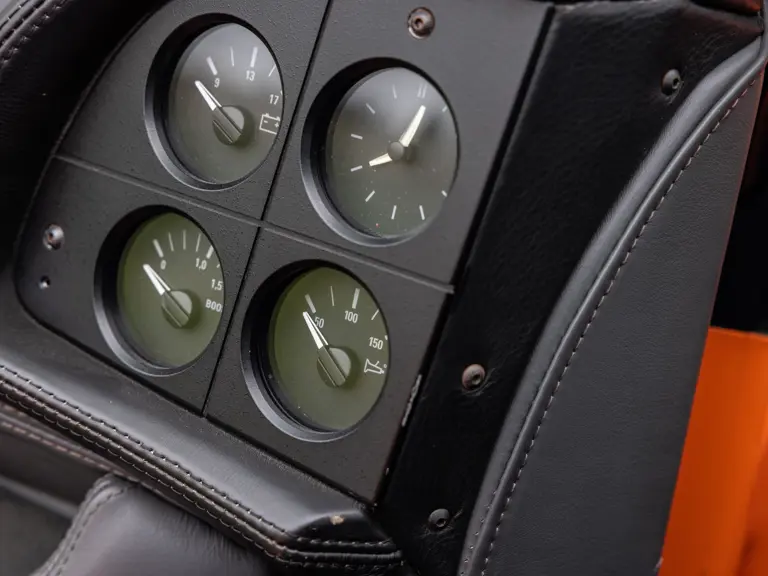

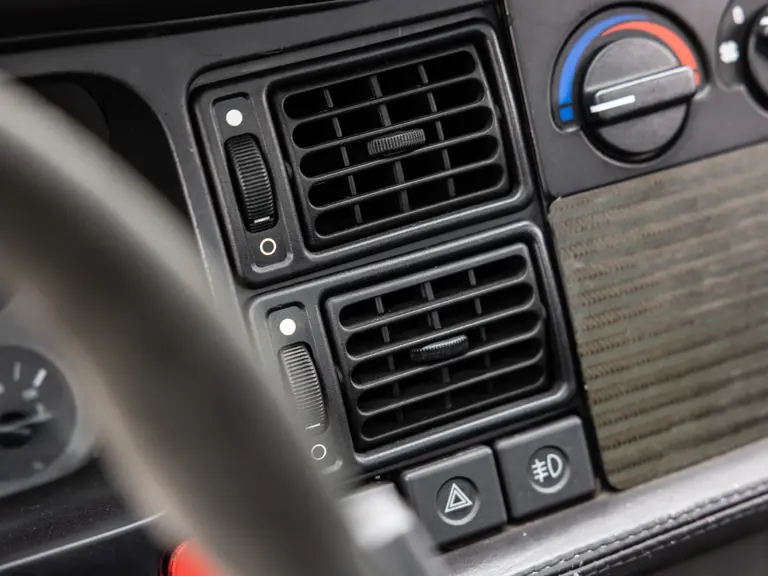
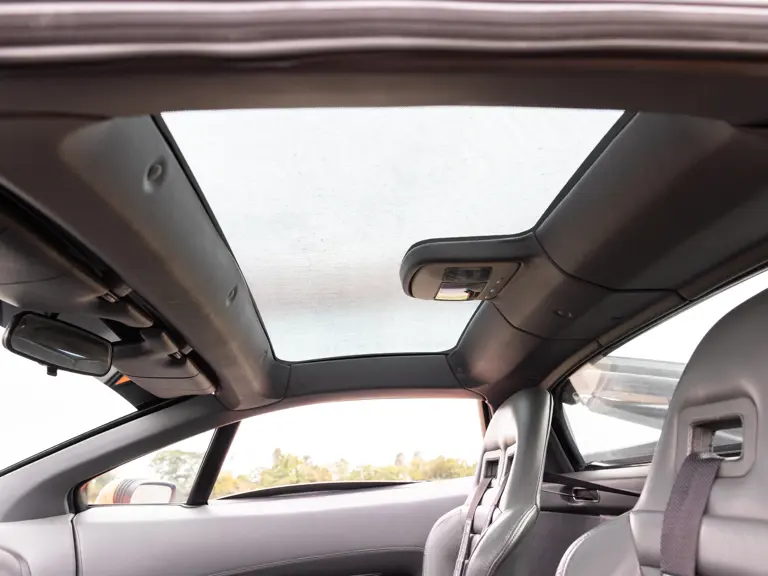
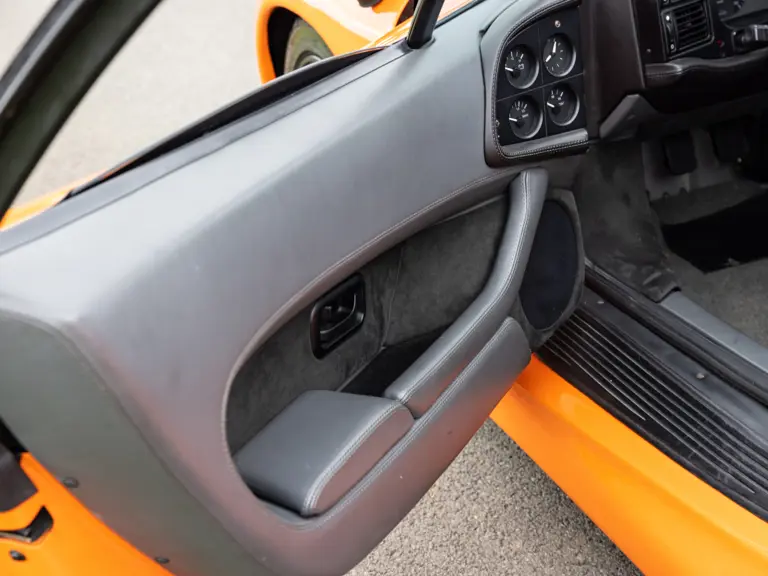

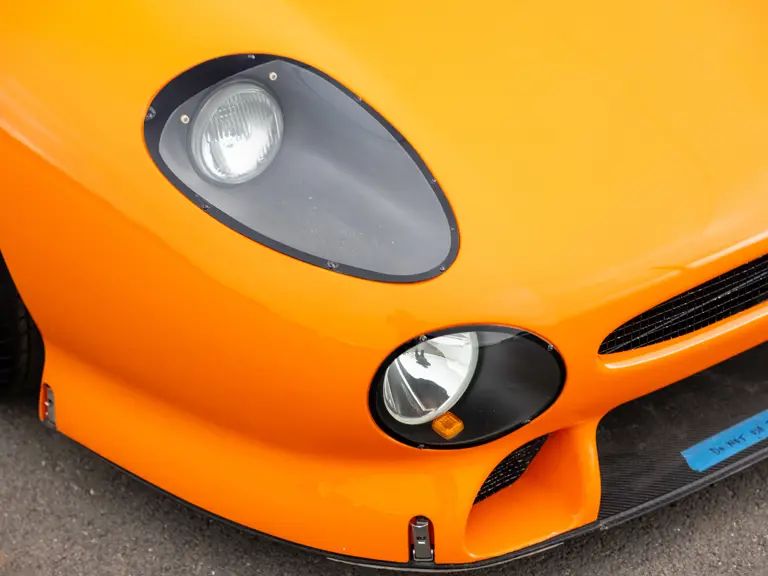
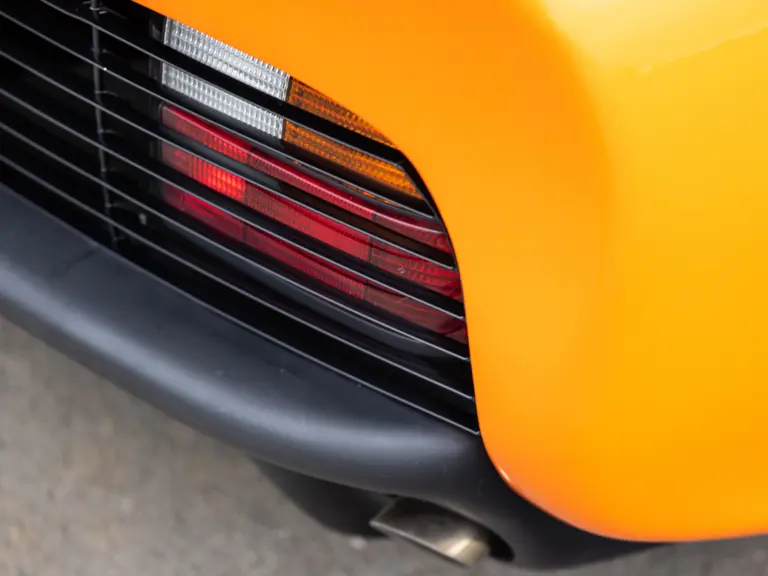



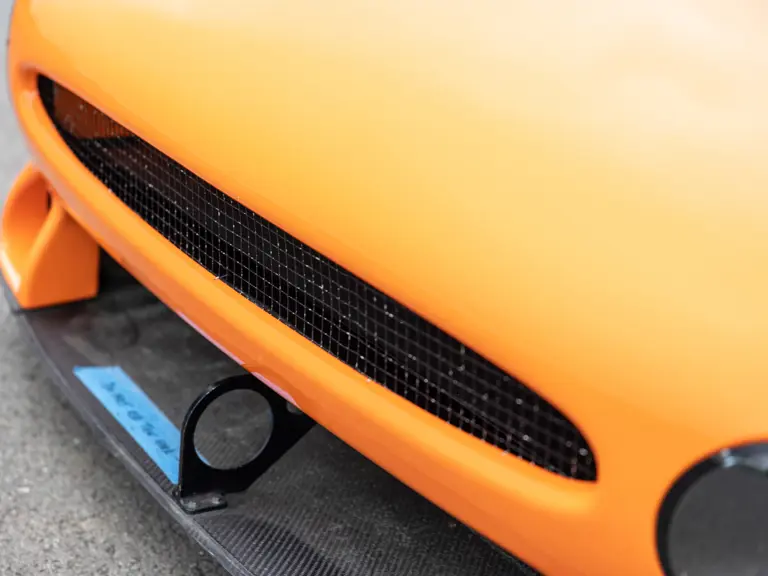


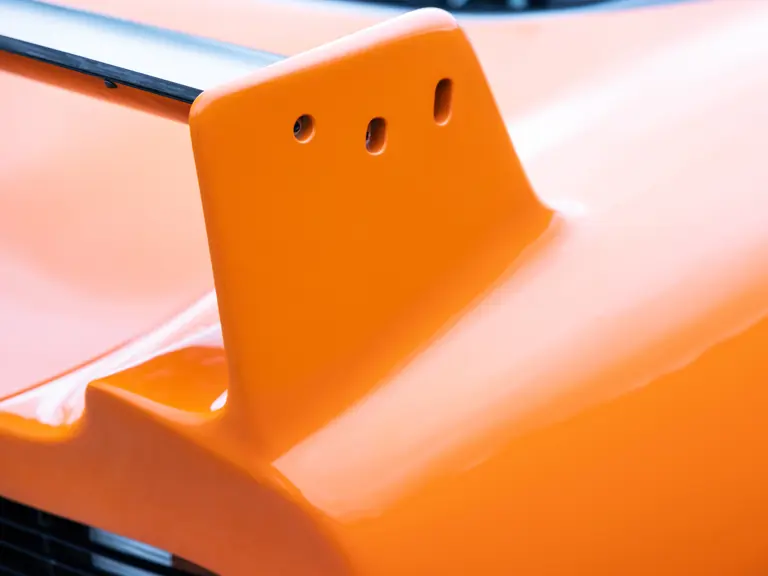
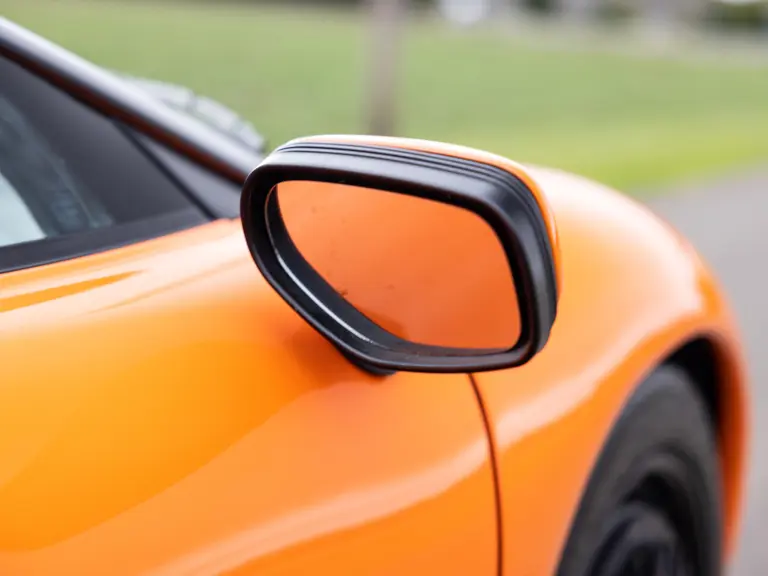
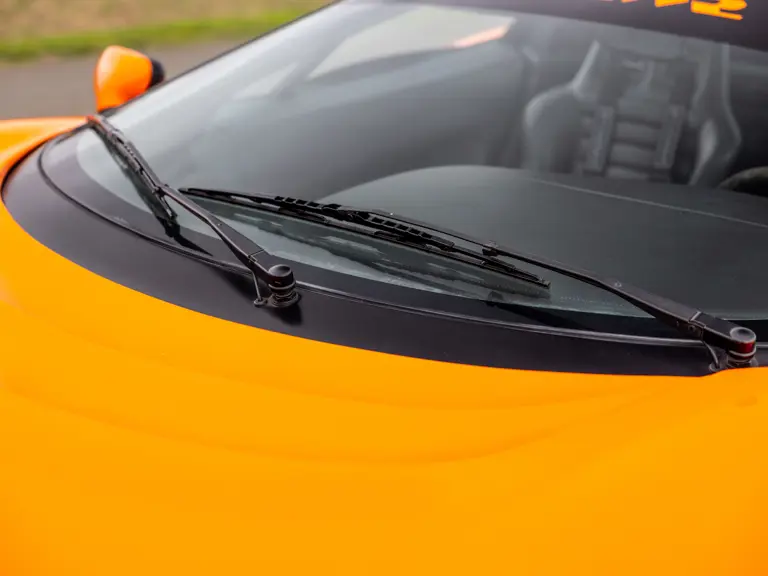

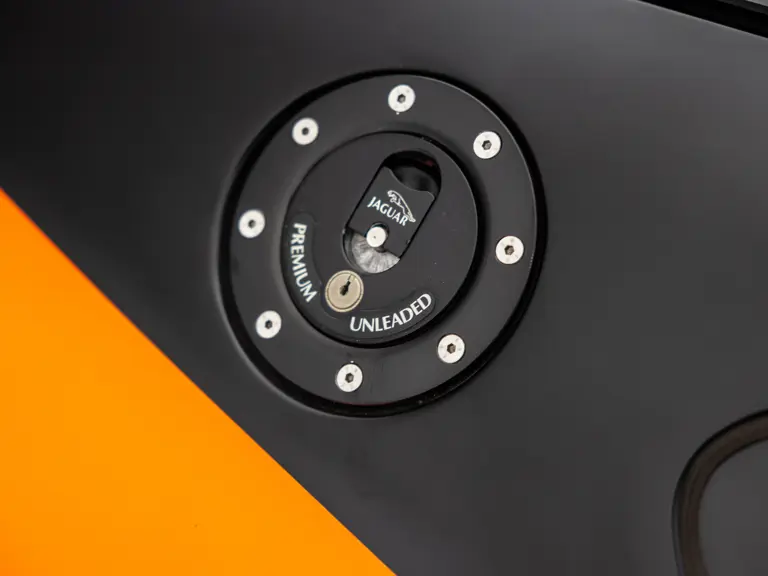
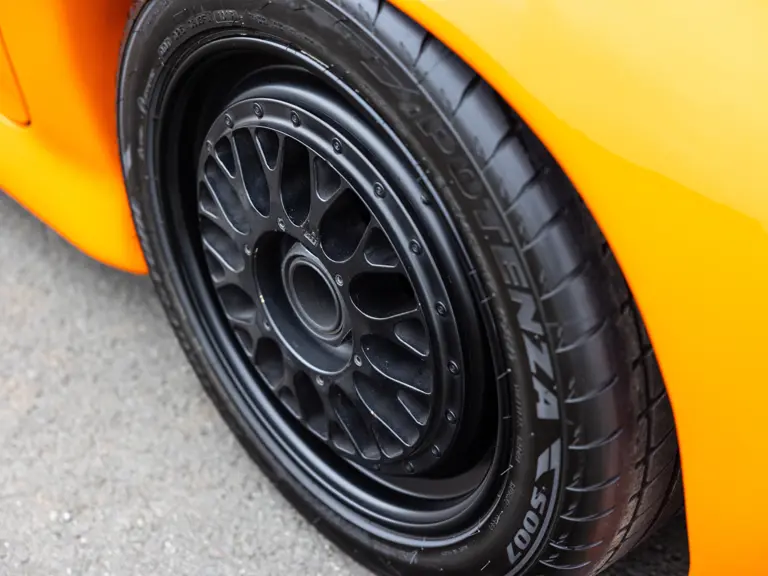
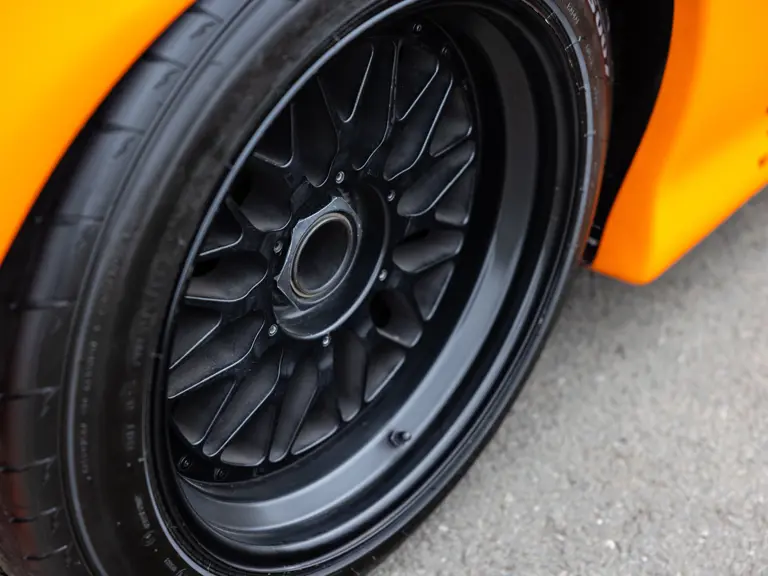
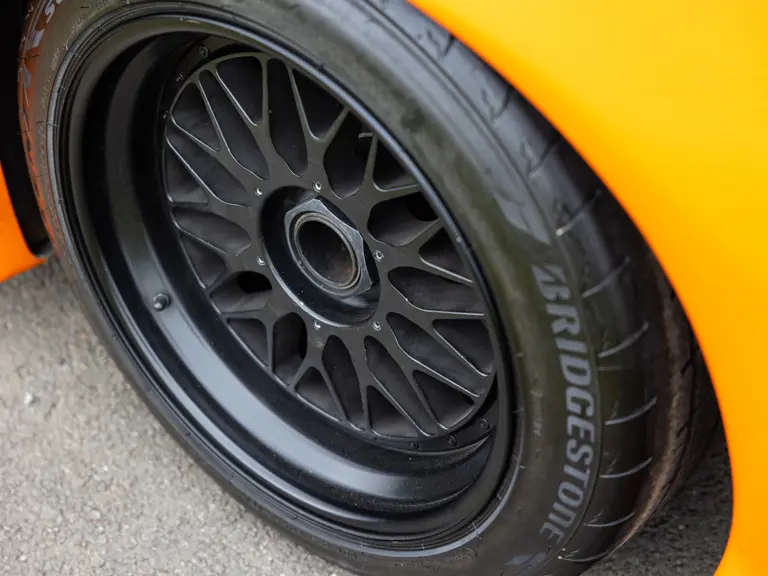
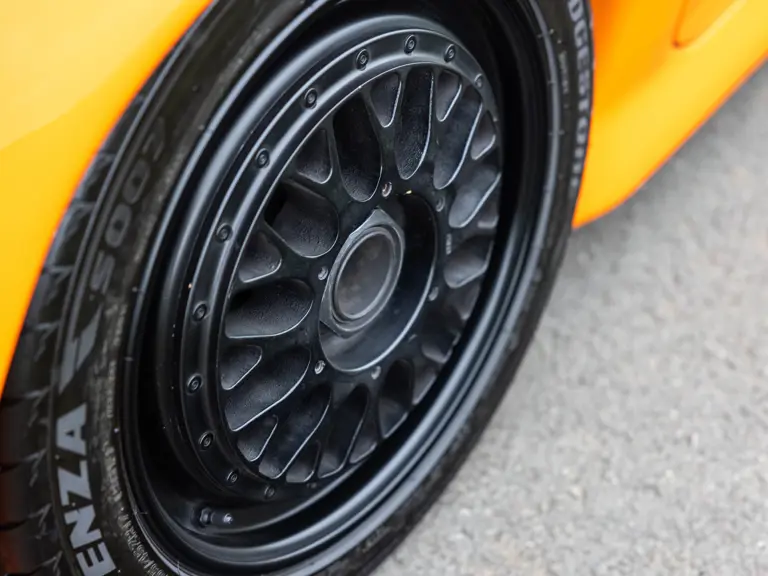

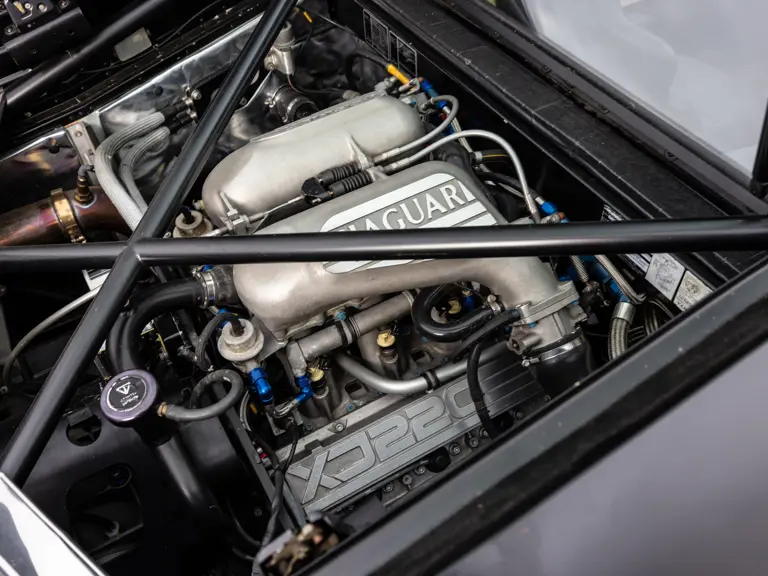

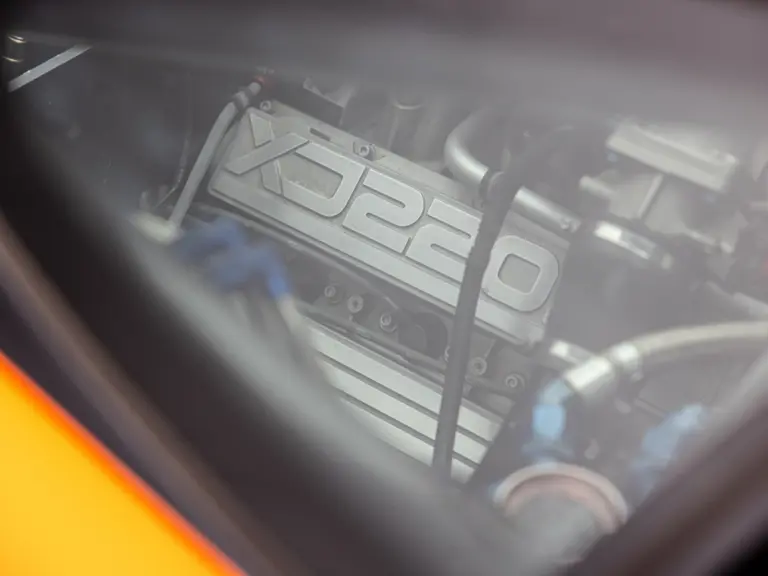
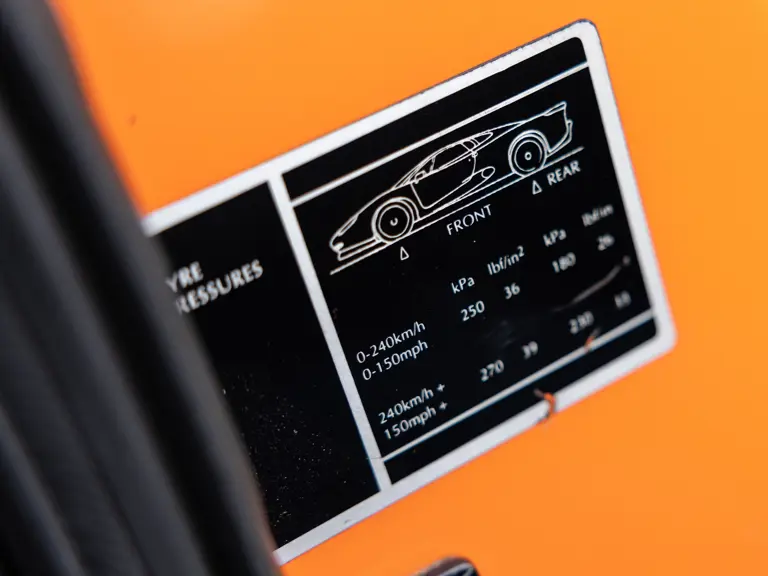
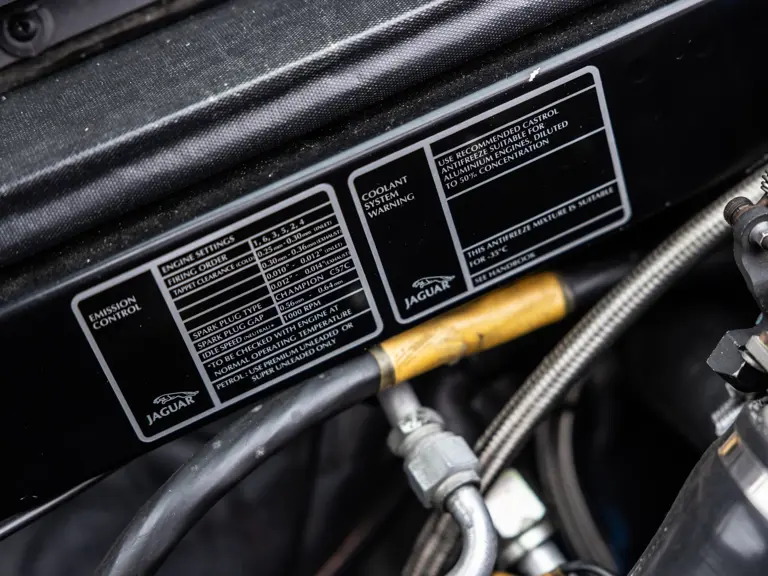

 | London, United Kingdom
| London, United Kingdom

